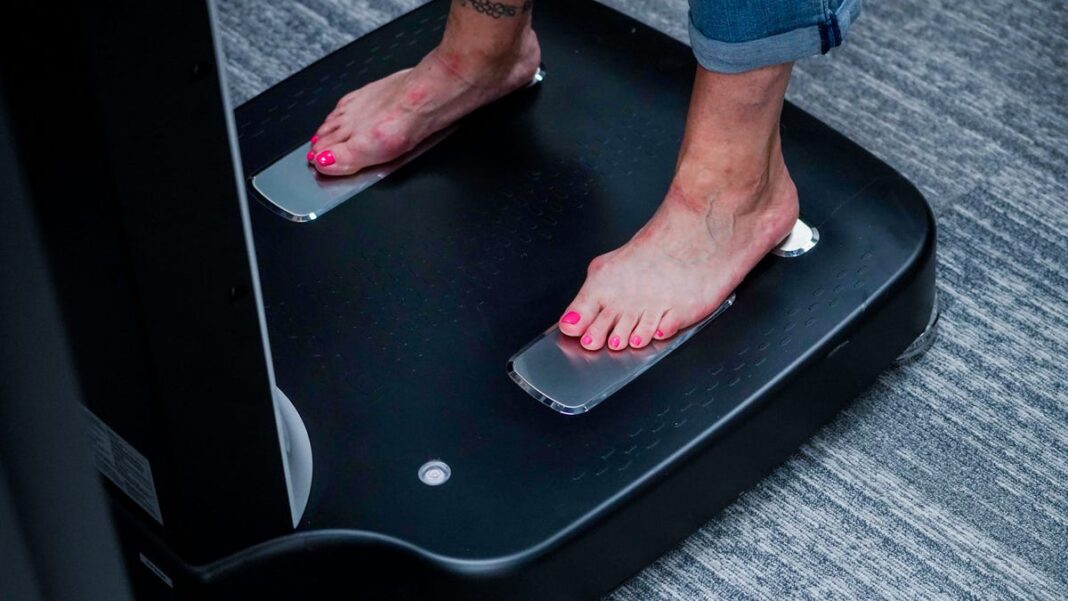A Recent Study Shows US Adult Obesity Declined for the First Time in 10 Years: Is Ozempic a Key Contributor?
According to a new study, the rate of adult obesity in the United States has decreased for the first time in ten years. Researchers are investigating whether the increased usage of weight loss medications like Ozempic has contributed to this change.
The study, titled “Changes in Adult Obesity Trends in the US,” was published in JAMA Health Forum on Friday. It revealed that, between 2022 and 2023, there was a decline of approximately 0.15% in obesity rates among American adults aged 26 to 75.
“While the percentage of the decrease seems minor, it represents a significant shift in the population, resulting in hundreds of thousands of individuals moving out of the obesity category,” explained study author Benjamin Rader, who is the scientific director at Boston Children’s Hospital, to YSL News. “The overall impact on the population is substantial.”
Prior to 2023, obesity rates had steadily increased from 2013 to 2022 but stabilized in 2022 before showing a slight decline.
According to John Brownstein, chief innovation officer at Boston Children’s Hospital and co-author of the study, the most significant reduction was seen among Black women aged 66 to 75, aligning with national trends.
A survey conducted by the Intake Resource Center last year indicated that 39% of women consulted with their healthcare providers about obtaining a prescription for Ozempic, compared to only 23% of men. Additionally, research from CivicScience highlighted that 26% of Black Americans are most likely to use Ozempic or similar weight loss medications.
The study identified that the South experienced the largest reduction in obesity rates, which aligns with CivicScience’s findings. The top five states with the highest online searches for Ozempic were Louisiana, Tennessee, West Virginia, Florida, and Mississippi, as reported by CivicScience.
Study Methodology
The researchers evaluated nearly 17 million adults aged 26-75, with about 51% being female and 48% male. Rader noted that the team collaborated with Optum, a clinical data organization, to gather body mass index (BMI) data from electronic medical records, which included results from doctors’ notes, lab reports, and insurance claims. They analyzed BMI data collected over the span of 2013 to 2023.
Potential Factors Behind the Obesity Decrease
While Brownstein mentioned that the precise reason for the decline in obesity rates is still uncertain, he acknowledged that medications like Ozempic are likely a major influence. Other factors could include improved healthcare access and updated food and drug regulations.
Continued Prevalence of Obesity
Despite the findings of the study, obesity continues to be a significant issue in the U.S.
The Centers for Disease Control and Prevention reported that in 2023, over one-third of adults in the U.S. were classified as obese. To provide context, there were no states with obesity rates of 35% or more before 2013, but now at least 20% of adults in every state are affected by obesity.
Understanding Ozempic
Ozempic, which is known generically as semaglutide, is a prescribed medication for treating type 2 diabetes and obesity in adults. It can be administered through injection or taken orally.

